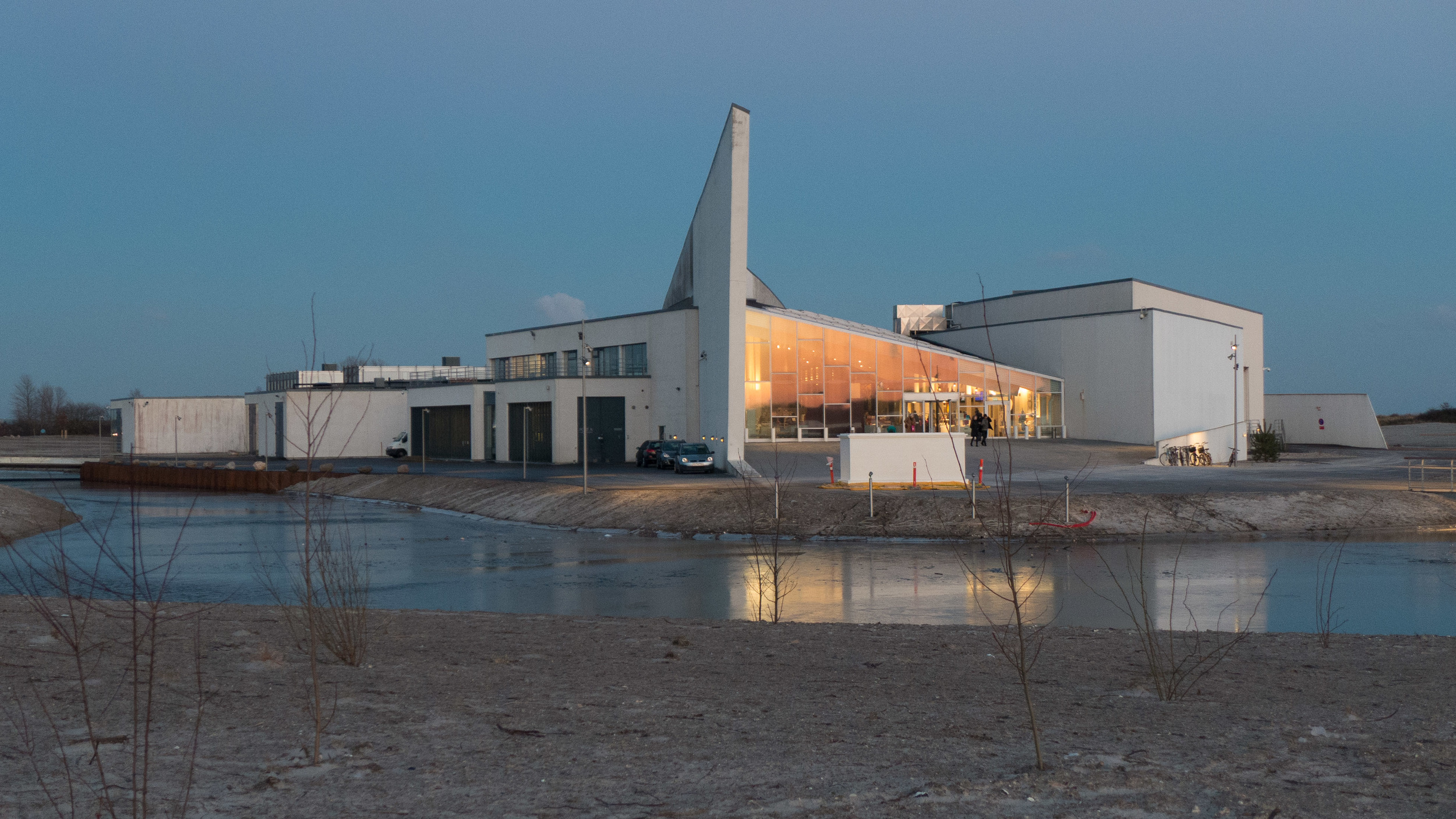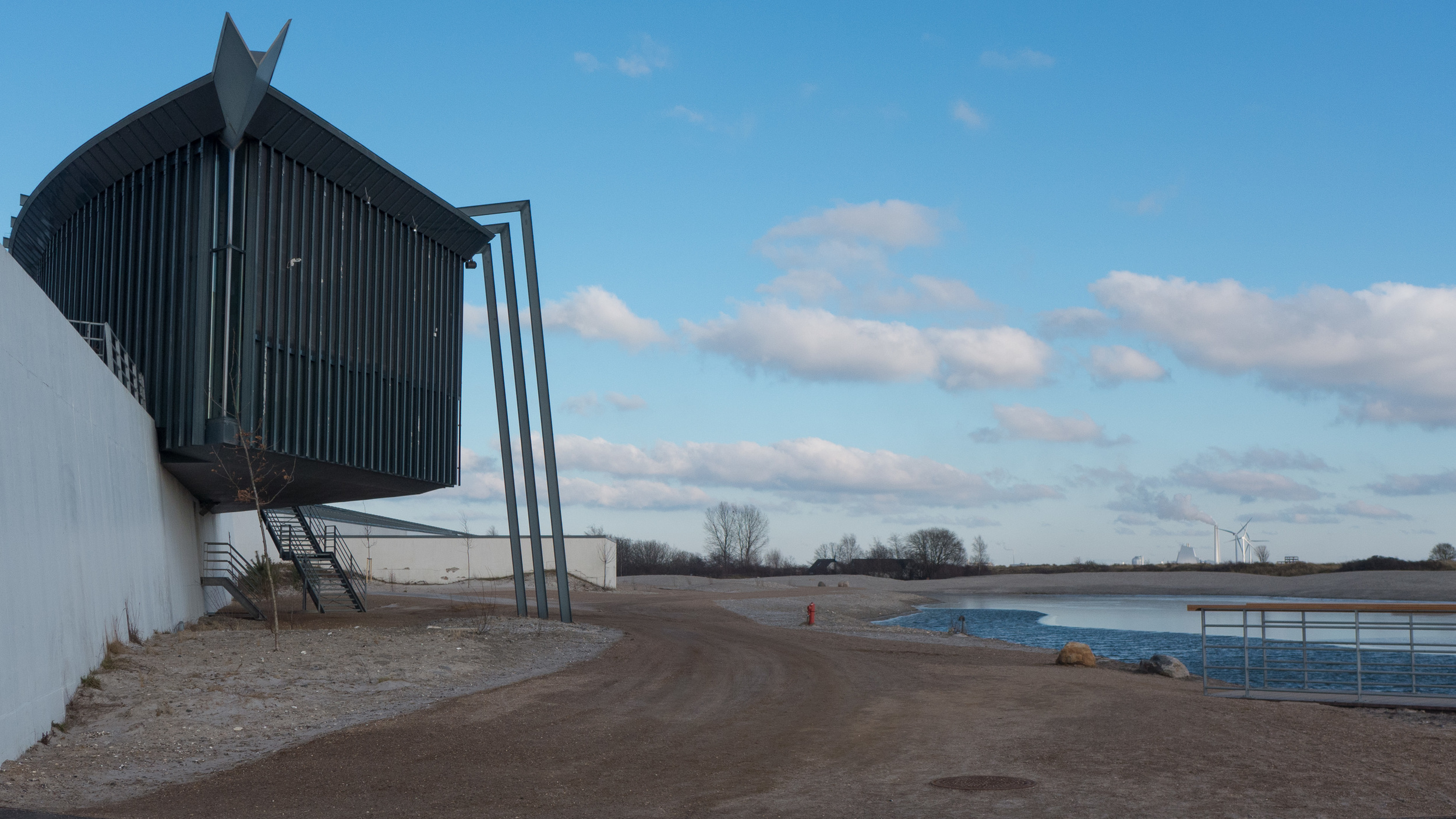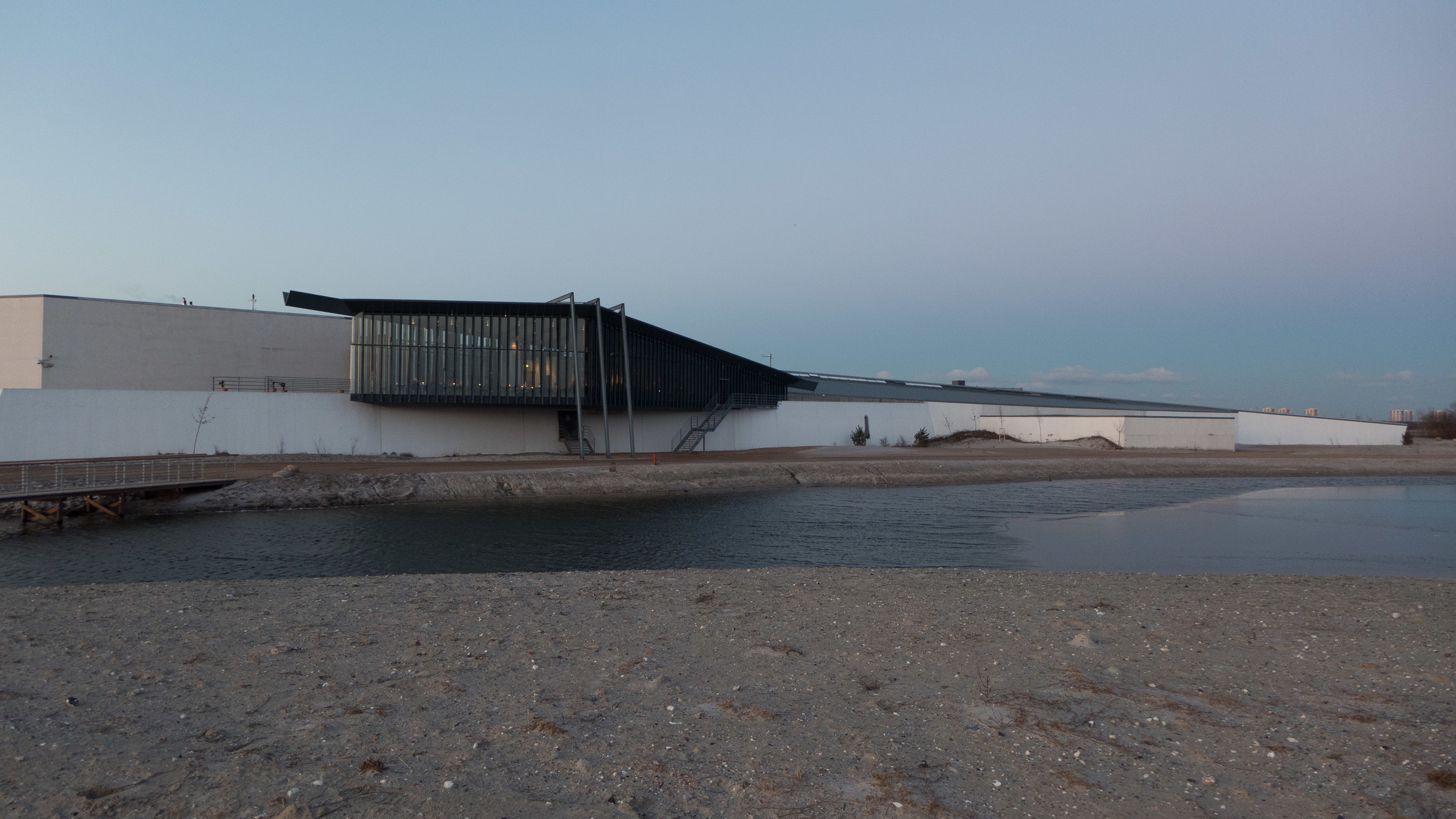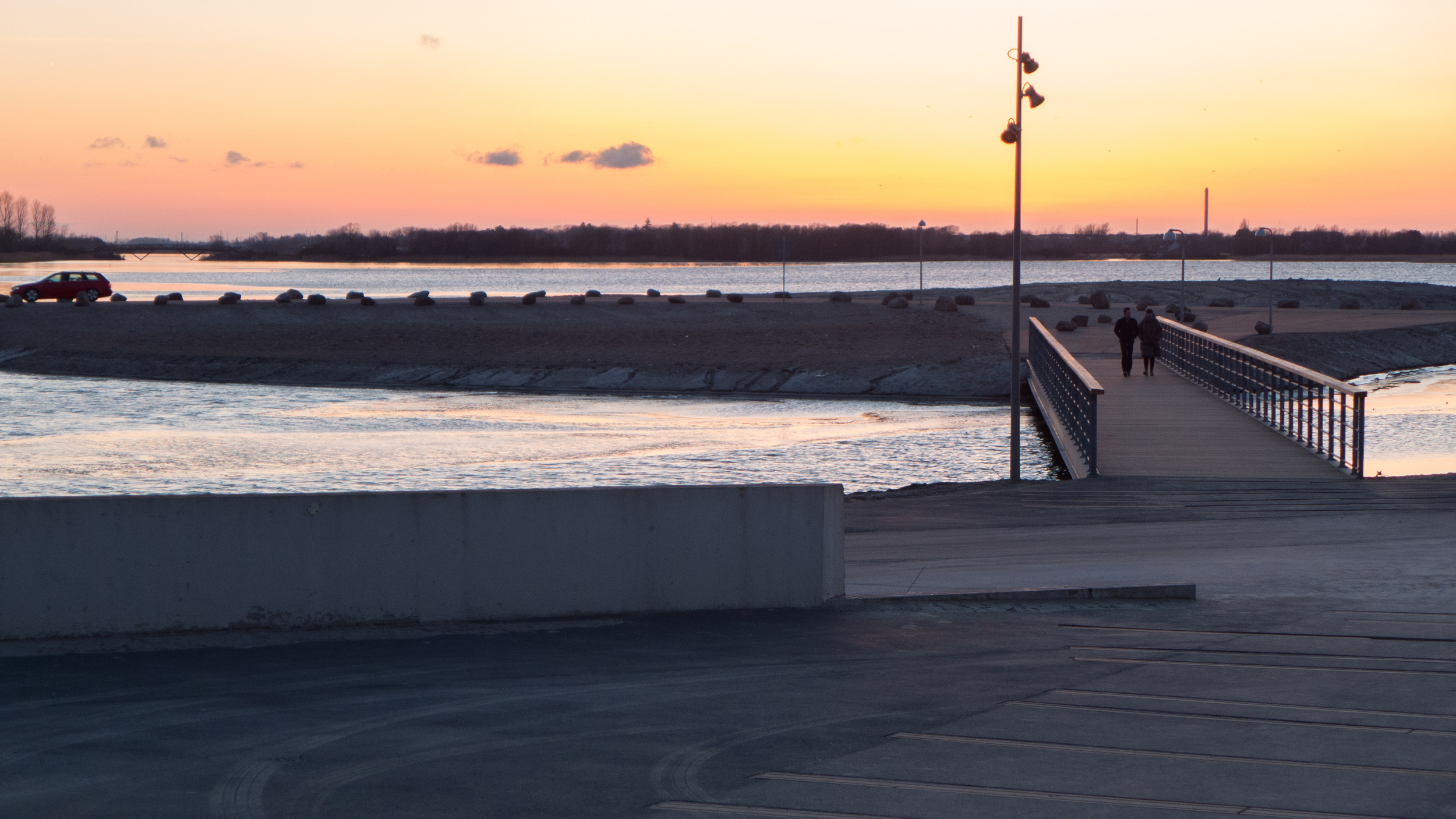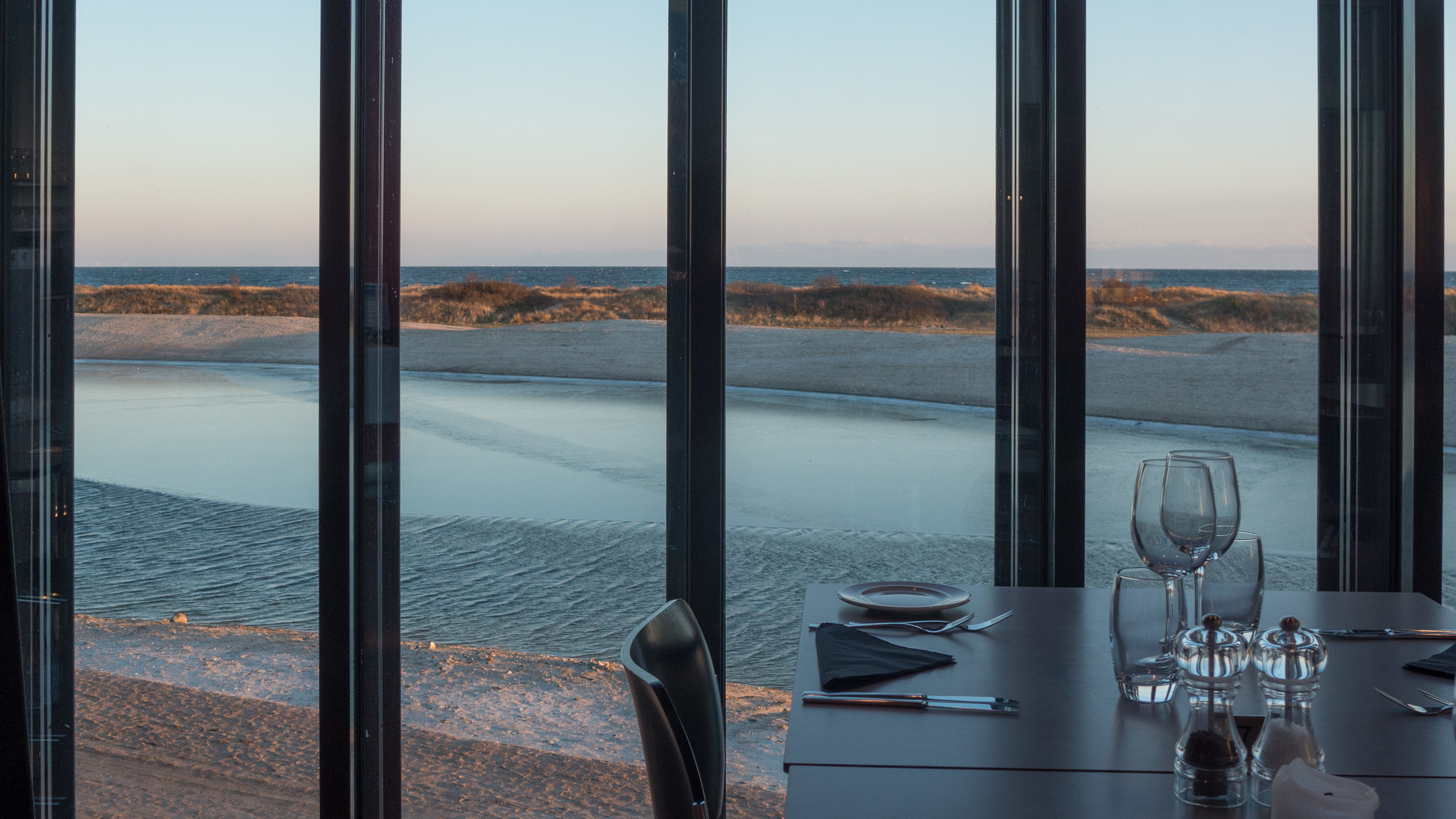ARKEN exhibitions
/
The reason for a trip out to Ishøj was to take photographs of the work in progress on the landscape around ARKEN … the gallery of modern art on the foreshore.
Really, it was a matter of just watching the weather to try and time a visit to a day when the skies were relatively clear of clouds so, oddly, no thought was given to the current exhibitions … not even as far as checking on the web site before the trip as it would be a matter of spending time around the outside of the building where there is open access. At most the plan was maybe to go in for a coffee - particularly as the day chosen turned out to be bright and clear but also very very cold.
So the exhibitions were a surprise and curiously felt like a bonus.
Generally, although I go to a fair number of art exhibitions, they are not reviewed here … it needs a bit of effort just to keep up with the exhibitions around architecture and design … but the works by Gerda Wegener and the very very different show of sculptures by Niki Saint Phalle are certainly worth both time and effort. They certainly justify a trip out to Ishøj.
In very different ways the exhibitions are about women on the edge of society whose art shows a element of escapism … a realisation that their lives are clearly not everyday ... so about how they embraced, celebrated and expressed that realisation of difference.
Gerda Wegener was born in 1885 and died in 1940. She was a prolific illustrator as well as a painter and worked for a number of fashion magazines … then as now essentially about escape and unreality. Motifs and colours and subjects like the paintings of fast cars and travel link the style definitely to the contemporary Art Deco movement but it was also fascinating to see how closely Wegener, painting actresses and scenes like the card player in Queen of Hearts, actually had much in common with the tradition of Flemish and Dutch conversation pieces … intimate scenes far removed from formally posed portraits.
Gerda Wegener spent much of her time in France with her husband Einar Wegener and their life is very much in the spotlight now as the subject of the recent film The Danish Girl.
Niki de Saint Phalle (1930-2002) was a French-American artist whose work is about as far from a Vogue photo spread as it is possible to get although, in fact, when young, de Saint Phalle did work as a fashion model for Vogue.
Her sculptures are vibrant with loud strong colours and the shapes of her figures are, to put it mildly, larger than life - overblown. What comes across well in this exhibition is the huge amount of energy she had, producing works that were used for dance productions or works that filled an extensive garden landscape - The Tarot Garden in Tuscany.
On any trip out to ARKEN there’s also the chance to look again at the gold heads of the animals of the signs of Zodiac by Ai Weiwei … magical and part of the display of the permanent collection.
Gerda Wegner opened on 7 November and continues until 16th May 2016
Niki de Saint Phalle opened on 13th February and continues until 12th June 2016



